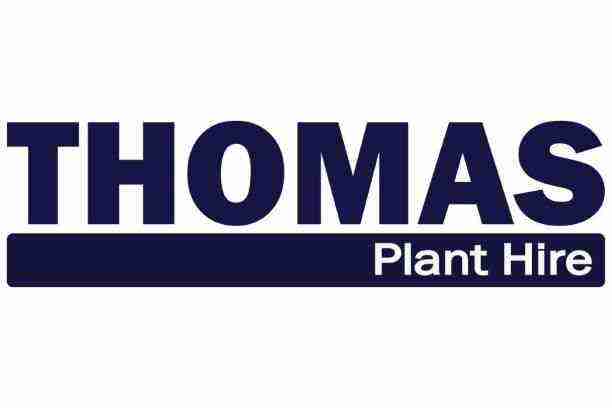Title Page
-
Conducted on
-
Inspector
-
Location
Construction Workforce Checklist
-
Encourage workers to stay home if they are sick.
-
Allow workers to wear masks over their nose and mouth to prevent them from spreading the virus.
-
Continue to use other normal control measures, including personal protective equipment (PPE), necessary to protect workers from other job hazards associated with construction activities.
-
Advise workers to avoid physical contact with others and direct employees/contractors/visitors to increase personal space to at least six feet, where possible. Where work trailers are used, all workers should maintain social distancing while inside the trailers.
-
Train workers how to properly put on, use/wear, and take off protective clothing and equipment.
-
Encourage respiratory etiquette, including covering coughs and sneezes.
-
Promote personal hygiene. If workers do not have immediate access to soap and water for handwashing, provide alcohol-based hand rubs containing at least 60 percent alcohol.
-
Use Environmental Protection Agency-approved cleaning chemicals from List N or that have label claims against the coronavirus.
-
To the extent tools or equipment must be shared, provide and instruct workers to use alcoholbased wipes to clean tools before and after use. When cleaning tools and equipment, workers should consult manufacturer recommendations for proper cleaning techniques and restrictions.
-
Keep in-person meetings (including toolbox talks and safety meetings) as short as possible, limit the number of workers in attendance, and use social distancing practices.
-
Clean and disinfect portable jobsite toilets regularly. Hand sanitizer dispensers should be filled regularly. Frequently-touched items (i.e., door pulls and toilet seats) should be disinfected.
-
Encourage workers to report any safety and health concerns.



















